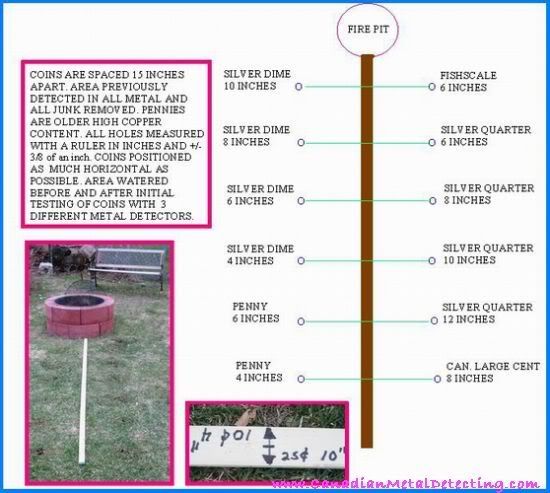kraykepler
New member
Hi,
I just planted a coin/bullet garden. The coins/bullets were at 6, 8, and 10 inches; when I went to see how my various machines and coils would react, The problem is that I got a lot of iron and hot rock signals. The sounds were coming through, but not the ID's or VDI's. Is this because the targets are too "fresh" and haven't developed the halo effect? If so, about how long should I expect to wait before I get realistic readings? The one good thing is that it's given me a new perspective on listening for the different sounds.
I just planted a coin/bullet garden. The coins/bullets were at 6, 8, and 10 inches; when I went to see how my various machines and coils would react, The problem is that I got a lot of iron and hot rock signals. The sounds were coming through, but not the ID's or VDI's. Is this because the targets are too "fresh" and haven't developed the halo effect? If so, about how long should I expect to wait before I get realistic readings? The one good thing is that it's given me a new perspective on listening for the different sounds.







